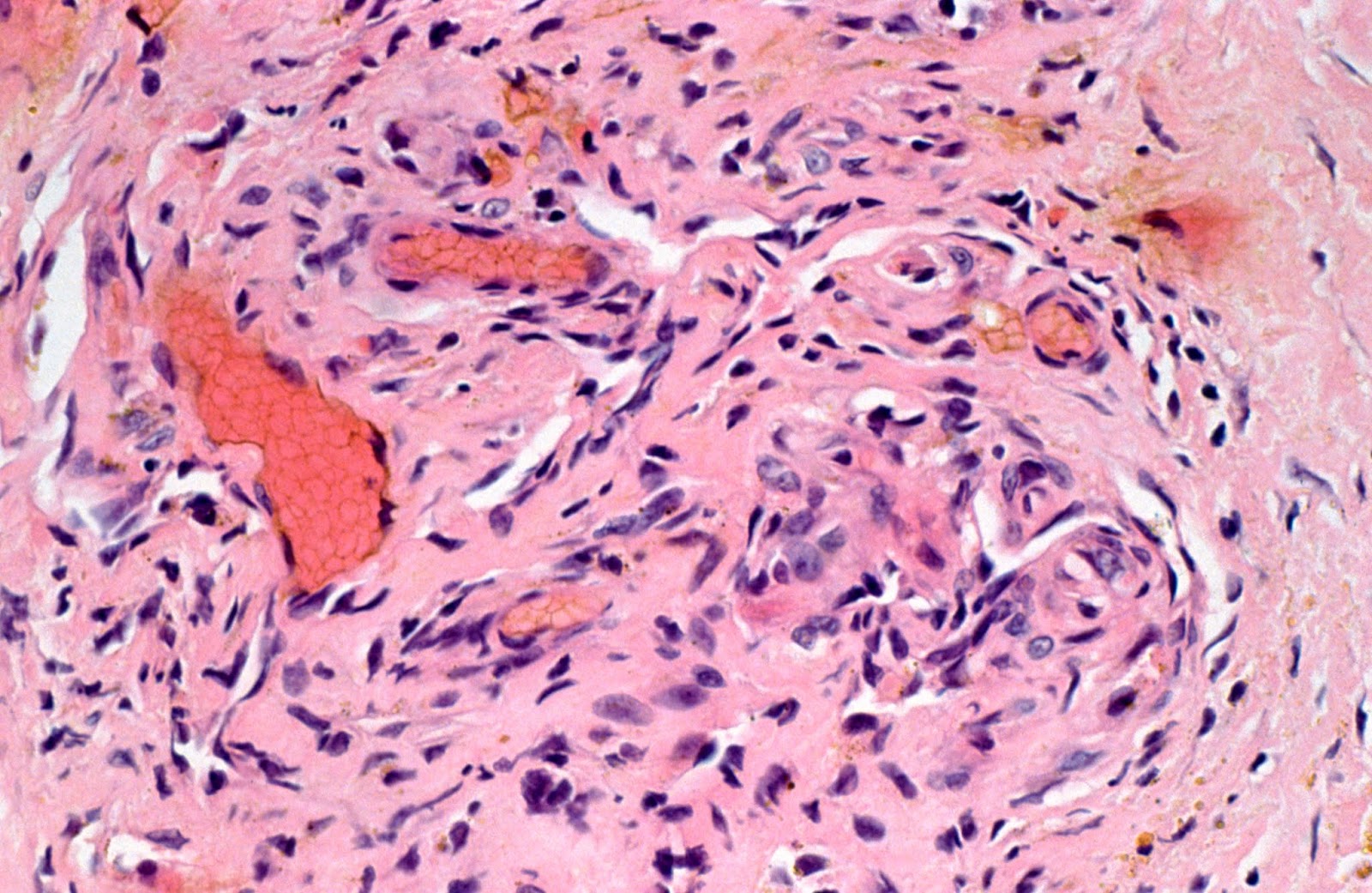What does it fund?
Sarcoma UK funds research into a relatively rare cancer. Sarcoma affects almost 4,000 people per year, but a disproportionate amount of them are children: almost 15% of all childhood cancers are sarcoma. It affects any part of the body, and can occur in muscle, bone, nerves, cartilage, tendons, blood vessels and the fatty and fibrous tissues.
How much is available?
There’s £750k given out each year, and each grant is worth up to £120k.
What grants are available?
There are grants for clinicians and grants for scientists. In both streams there are pilot grants (of up to £25k) and large grants (of up to £120k).
- Clinicians can also apply for the Roger Wilson Awards, which have a specific thematic focus. In 2016 this was ‘quality of life’; in 2017 it was ‘early detection.
- Research scientists can apply for Sayako Grace Robinson PhD studentships and the new Sarcoma UK studentships, which are intended to develop capacity and long-term sustainability in sarcoma research.
It also support early career researchers in developing their writing skills and knowledge of the assessment process. It encourages them to attend the research assessment committee (RAC) panel meetings where applications are reviewed and ranked. By seeing the way the panel discusses the proposals it gives them a better understanding of what’s involved, and thereby improve the quality of their applications when they come to write them.
How long’s the application form?
A svelte five pages maximum
When can I apply?
Calls are ‘fluid’, and depend on resources, so keep an eye on their website. The deadline is always on a Thursday, to allow any simple problems with applications to be fixed by the following Monday.
How are applications assessed?
- All applications go through triage.
- Any applications that have major problems – such as applicants not being eligible or the proposed project not focussing on sarcoma – are rejected.
- Those with minor problems – such as using an old application form – are returned to the applicant to be corrected by the following Monday.
- Applications are then discussed between the Director of Research and the Chair of the RAC. They decide who should review them and who from the RAC ‘pool’ is available for the committee meeting.
- Assessors are given a template for their reviews, and set questions are asked. Does the proposal ask an original question? Is the methodology appropriate? Is the research novel? Is it taking place in the right environment?
- Proposals are then given one of six grades: forefront, outstanding, good, fair, not competitive, and preliminary.
- Only those graded good or above by all assessors will go to the RAC.
- At the meeting itself the proposals are discussed and ranked, and grants will be given based on the ranking and funding available.
What makes Sarcoma UK tick?
Given that the charity is relatively small, it tries to:
- be nimble: it can respond quickly, change and adapt quickly to the needs of its community. Last year it simplified its research strategy from 12 pages to two, convened its first ever research symposium to identify future research priorities, and worked with the Association of Medical Research Charities (AMRC) to put in place robust and transparent processes to assess proposals.
- leverage as possible from the opportunities it has. For instance, it raised its profile by being selected as the 10 Downing St Charity of the Year in 2017.
Going forward, it is will be encouraging the use of its allocation of sarcoma samples as part of the 100,000 Genome Project. Many researchers have sample collections already and it’s a grant condition that all award holders log samples collected in the UKCRC Tissue Directory. This will be invaluable for future researchers, and will help the sustainability of the field which should, in turn help find a curative treatment and ultimately a screening programme for the disease.
Hints and tips
- Get the basics right: check the eligibility of yourself and the scheme. It’s surprising how many applicants get this wrong.
- Be engaged: supporting the sarcoma community is very important to the charity so make sure that you consider how you can do this, for instance by offering to review applications, sit on the RAC, or talk to patients and relatives about your work.
- Offer ‘added value’: by, for example, using the samples in the Genome Project, or offering match funding or resources.
Thanks to Sarah McDonald, Director of Research, Information & Support, for her input into this.

